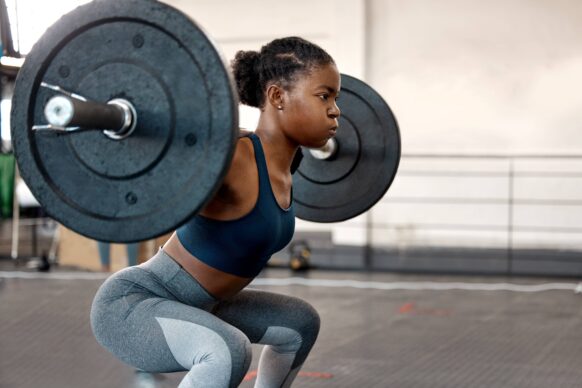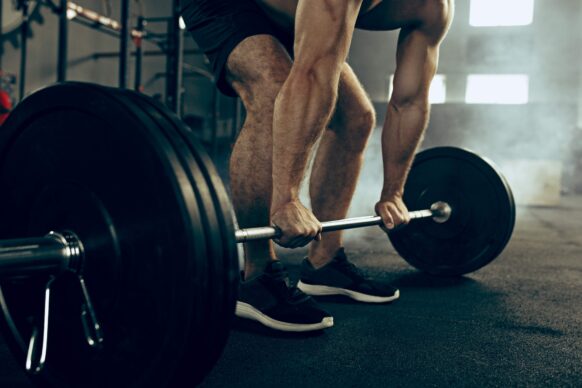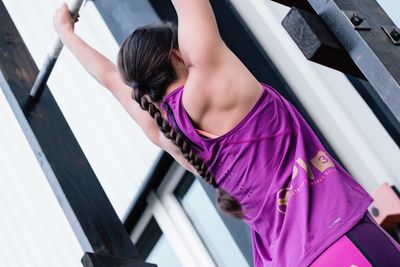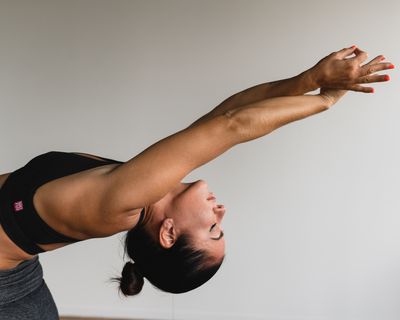by Michael Nieraeth, DPT, SCS, OCS, CSCS
Increasing the exercise intensity for the shoulder is a little different than it is for the legs. For the legs, it often requires a gradual increase in weight to get to levels higher than your body weight. For the shoulder, it’s often possible to load the pectoral muscles during a bench press with weight heavier than your body. But it’s not possible to load the rotator cuff with weight heavier that your body during a “W” exercise. During the throwing motion, however, the shoulder can endure forces that can equal around 100% of your body weight with the rotator cuff being a big stabilizer. The dilemma: How do I strengthen my shoulder to handle that force?
To address this, you must strengthen not only the shoulder muscles (rotator cuff, rhomboids, traps, biceps, pecs, triceps etc.), but also the trunk muscles and legs. These muscles can help you develop force in the throwing motion but also help slow down your body to absorb the forces placed on the shoulder. The answer to the original question: You get your shoulder ready for return-to-sport by getting your entire body ready for your sport’s demands.
Range of motion is also important for return-to-sport. For overhead athletes, we talk about this in terms of total range of motion. Total range of motion is shoulder external rotation added to internal rotation. This total should be within 5 degrees of each other. In the case of a baseball pitcher, they may have 110 degrees of external rotation on their throwing arm and 40 degrees of internal rotation, giving them a total of 150 degrees of rotation. This same pitcher may then only have 95 degrees of external rotation on the non-throwing arm, but if they have 55 degrees of internal rotation then they have equal total range of motion.
Slowly return to throwing or swinging. There are many throwing and hitting protocols out there, so talk to your MD or PT for guidance on this. Just like with the legs, make sure to perform plyometric exercises and load with as much weight as you can tolerate. Do not let your strengthening compromise your shoulder mobility, as mobility is just as important to generate the forces needed for your sport.
Below are return-to-sport tests that are more shoulder and trunk specific. For over head athletes that are land based the leg specific tests that were mentioned in the previous blog should also be assessed.
Y-Balance
Place the thumb on the line and then reach in the 3 directions. Give yourself 3 tries and then attempt on the opposite arm. The total score should be within 80-90% of each other.
CKC Upper Extremity
Put 2 pieces of tape on the ground 36 inches apart. Get into the push-up position with the hands on the pieces of tape. Reach across and tap the other side of the tape. Time yourself for 15 seconds and count the reps on each side.
Medicine Ball Toss
Sit with your legs straight and back up against the wall. With one hand, hold a medicine ball and then try to shot-put the ball as far as you can. Give yourself 3 tries and compare side to side. Your score should be within 90%, but for the dominant arm, it may need to be more than 100%.
Feel free to reach out to a physical therapist with questions on return-to-sport testing or for further progression of your program.




